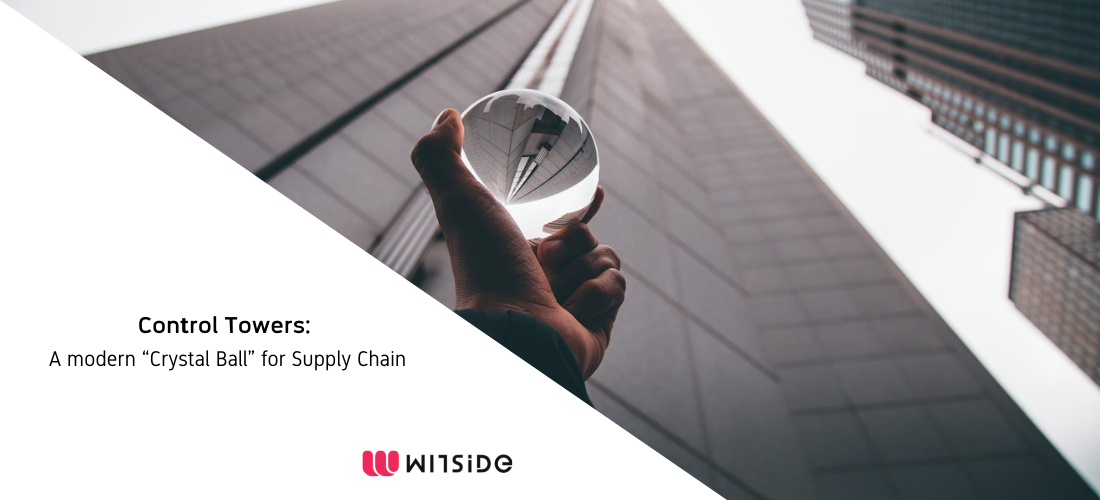
If someone told us back in 2019 that, within the next 3 years, we would experience a global pandemic and a war in the borders of the EU, we would consider it at least as a joke. It happened though and has tremendously affected demand and supply of goods across the globe. As a result, we witness energy prices skyrocketing, affecting raw material and product prices, whereas supply shortages are becoming the new norm for business and consumers.
The supply chain function is at the epicenter of this mess trying to optimize operations in an extremely volatile landscape and numerous challenges:
- Poor quality of master data related to supply chain network, lead times, constraints, costs is resulting in poor plans.
- Silo-ed plans across distribution, manufacturing and procurement resulting in excess inventory and costs when demand changes.
- Unable to provide real-time supportability and cost-to-serve answers to different demand and supply scenarios.
- Inability to control inputs and explain outputs resulting in loss of trust and manual overrides of plans
It looks like that the existing business planning systems and processes are unable to serve the newly emerged needs for insights and recommendations on a near real time basis. There is need for more advanced capabilities, such as:
Broader Visibility: internal and external data ingestion in unstructured and structured formats that follow a product from order to delivery. This enhanced visibility eliminates three concerns, in particular: the chase to get information to understand what’s happening, the scramble to fix a problem when an issue is identified, and the anxiousness that arises when a decision is made without understanding all the ramifications and hoping the right one was made.
Common Set of Performance Indicators: Clearly, when an organization is communicating well, productivity improves, a common vision emerges, and the whole team moves in unison towards an end goal. However, if these common goals aren’t identified and communicated, the result is internal conflict and confusion. All users are aligned on a set of priorities such as OTIF, Order Cycle Time, total value of inventory, and other high-priority KPIs.
Root Cause Analysis and Corrective Action: The ability to do root cause analysis and determine the corrective action is a strategic differentiator. The power to learn which complex relationships (often undetectable in the massive amounts of data) cause negative impacts, preemptively addressing them before they escalate to a crisis level. This automation gives planners both a greater sense of assurance and ease, as well as the ability to focus on higher-value tasks throughout the course of their work.
Near Real-Time Visibility and Collaboration: There is inherent value in any level of organizational visibility and communication. Historical data is beneficial when doing a post-game analysis of what went wrong. Just ask any football coach how important it is to review and discuss game footage to learn from mistakes. However, these reviews will only take a team so far. There is far greater value in real-time information in the height of competition and the ability to “call an audible from the line of scrimmage” to modify a play.
Better Data Connectivity: As awful as cliches are, data is the new oil. It’s not the raw data that creates value, but the insights derived from the nuanced connections hidden within oceans of data. Sadly, the human brain isn’t capable of focusing on more than two things at once. So it is impossible for a supply chain leader to make sense of the hundreds, thousands, and even millions of data points that can empower them to make a truly informed decision. Leveraging a built-for-purpose platform that pulls all this data together and gives one or two results to focus on makes the lives of supply chain leaders more manageable and delivers better results.
More Accurate Predictions: Each improvement in this list is a critical component to success. However, the list purposefully concludes with the end state benefit of more accurate predictions, based on the five items mentioned above. With all these things working in lockstep (broad visibility, real-time collaboration, root cause analysis, common KPIs, and data connectivity), the recommendations generated from an AI/ML-powered engines create a strategic advantage and drive the business to higher levels of performance.
The term “Control Tower” has been lately introduced as an umbrella term for the platforms supporting the capabilities listed above. We could easily state that they constitute the Digital Transformation of the supply chain functions. The investment of acquiring those capabilities is significant. Even more significant is the cost and the associated risks for those organizations that will not invest. Now is the time.
Konstantinos Pazalos, P.h.d., MSc, PMP, Director, Innovation & Analytics


